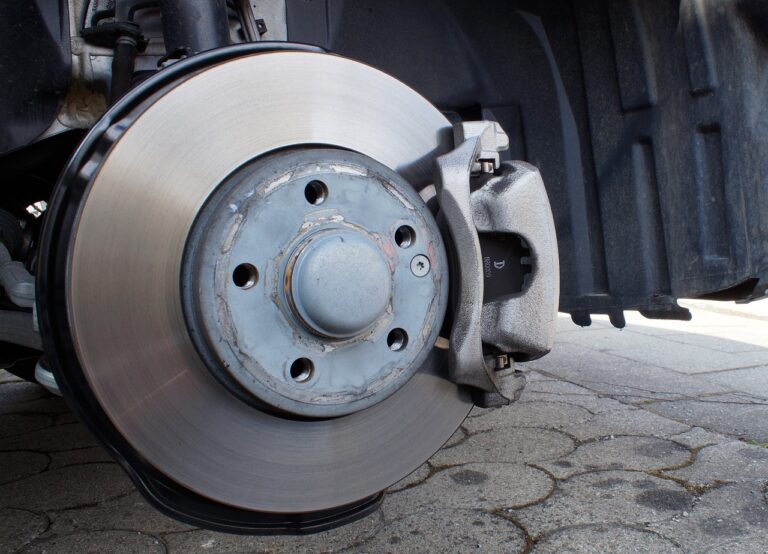Navigating Regulatory Challenges in Autonomous Vehicle Deployment
Ensuring the safety of autonomous vehicles poses a significant challenge within the industry. One major obstacle is the unpredictable nature of human behavior on the roads, which autonomous systems struggle to anticipate and react to effectively. This can lead to potential accidents and concerns about the reliability of these vehicles in real-world scenarios.
Additionally, the lack of standardized safety protocols across different manufacturers creates inconsistencies that hinder the widespread adoption of autonomous vehicles. Without clear and universally accepted safety standards in place, it becomes difficult to assess the overall safety of these vehicles and to enforce compliance with necessary regulations. This issue highlights the need for collaboration and regulatory alignment within the autonomous vehicle industry to address these challenges effectively.
Current Government Regulations on Autonomous Vehicle Deployment
Autonomous vehicle technology is rapidly evolving, prompting the need for clear government regulations to ensure safety and compliance. Currently, the regulatory landscape for autonomous vehicles varies widely across different countries and regions. In the United States, the Department of Transportation has issued voluntary guidelines for autonomous vehicle deployment, urging manufacturers to prioritize safety and adherence to existing regulations.
In Europe, the European Union has taken a more proactive approach by proposing a comprehensive framework for autonomous vehicle regulations. The EU’s guidelines aim to create a harmonized regulatory environment that fosters innovation while prioritizing safety and consumer protection. Despite these efforts, the lack of global consensus on autonomous vehicle regulations poses challenges for manufacturers seeking to deploy their vehicles across different markets.
What are some of the challenges in implementing safety standards for autonomous vehicles?
Some of the challenges include ensuring the vehicles can safely navigate complex environments, establishing clear guidelines for liability in the event of accidents, and developing consistent regulations across different regions.
What are the current government regulations on autonomous vehicle deployment?
The current government regulations vary by country and region, but generally, they include requirements for testing and certification of autonomous vehicles, guidelines for data collection and privacy, and protocols for reporting accidents involving autonomous vehicles.
How do government regulations impact the development and deployment of autonomous vehicles?
Government regulations can both facilitate and hinder the development and deployment of autonomous vehicles. Clear regulations can provide guidance and create a level playing field for companies, but overly restrictive regulations can stifle innovation and slow down progress in the industry.
Are there any international standards for autonomous vehicle deployment?
While there are some international guidelines and recommendations for autonomous vehicle deployment, such as those from the United Nations Economic Commission for Europe (UNECE), there is currently no one-size-fits-all international standard for autonomous vehicles. Each country or region tends to have its own regulations and standards.





